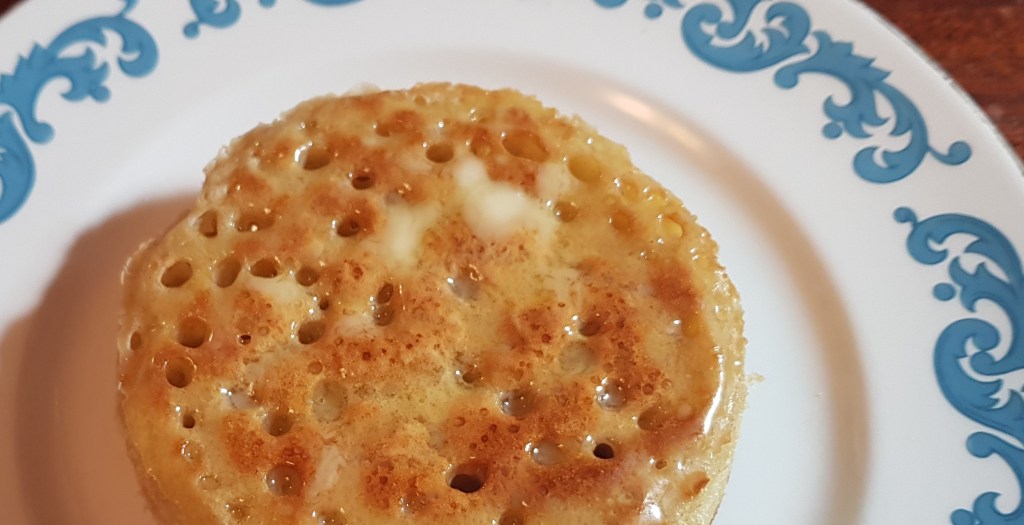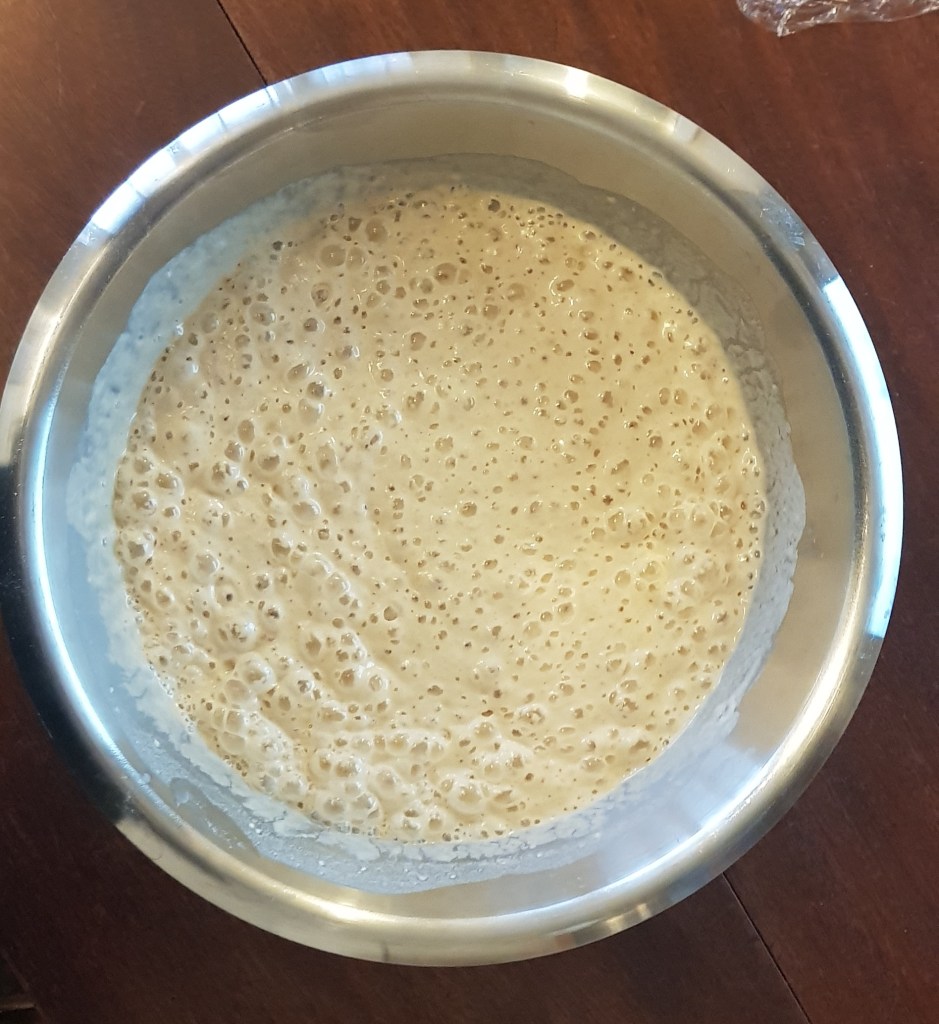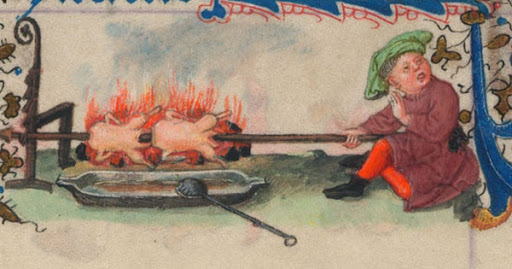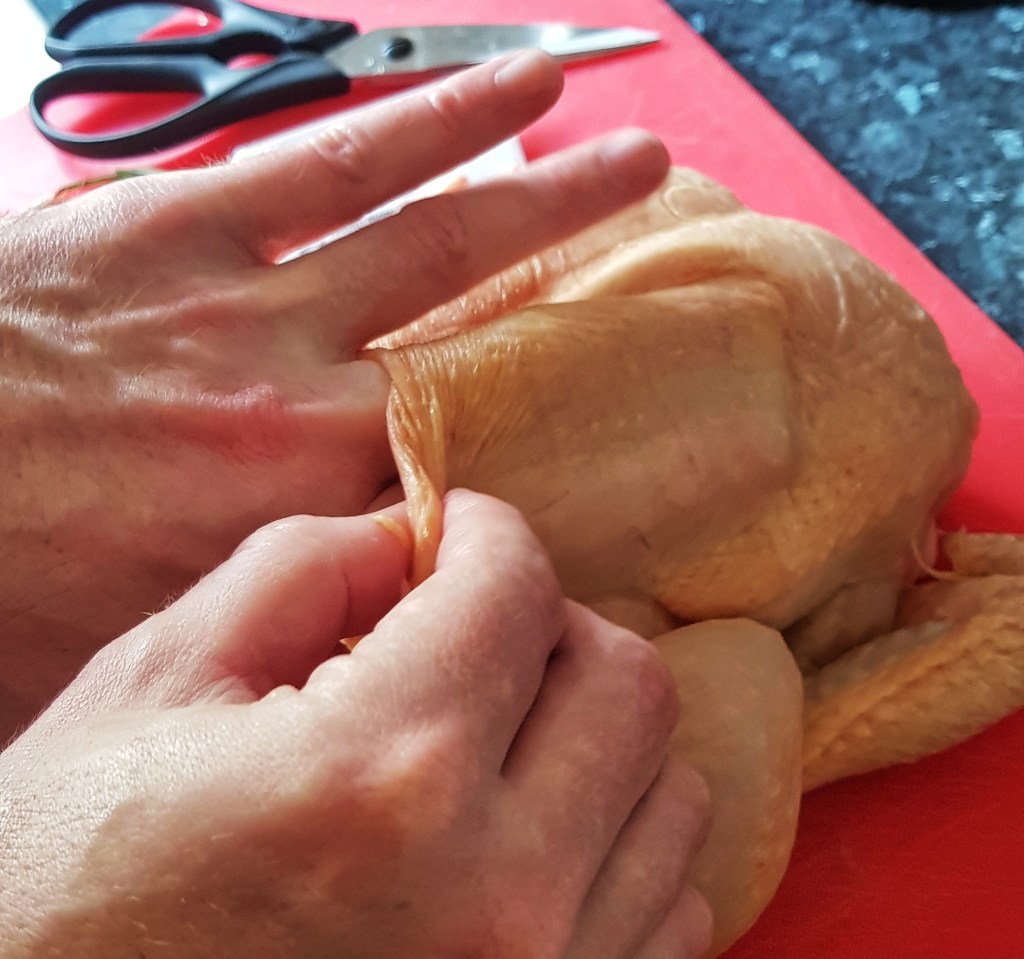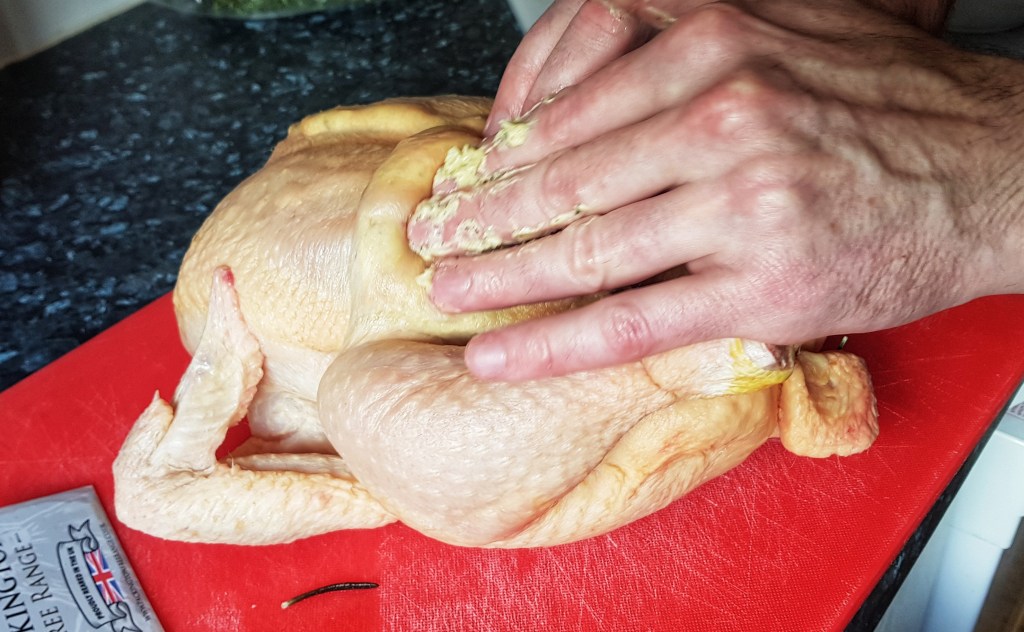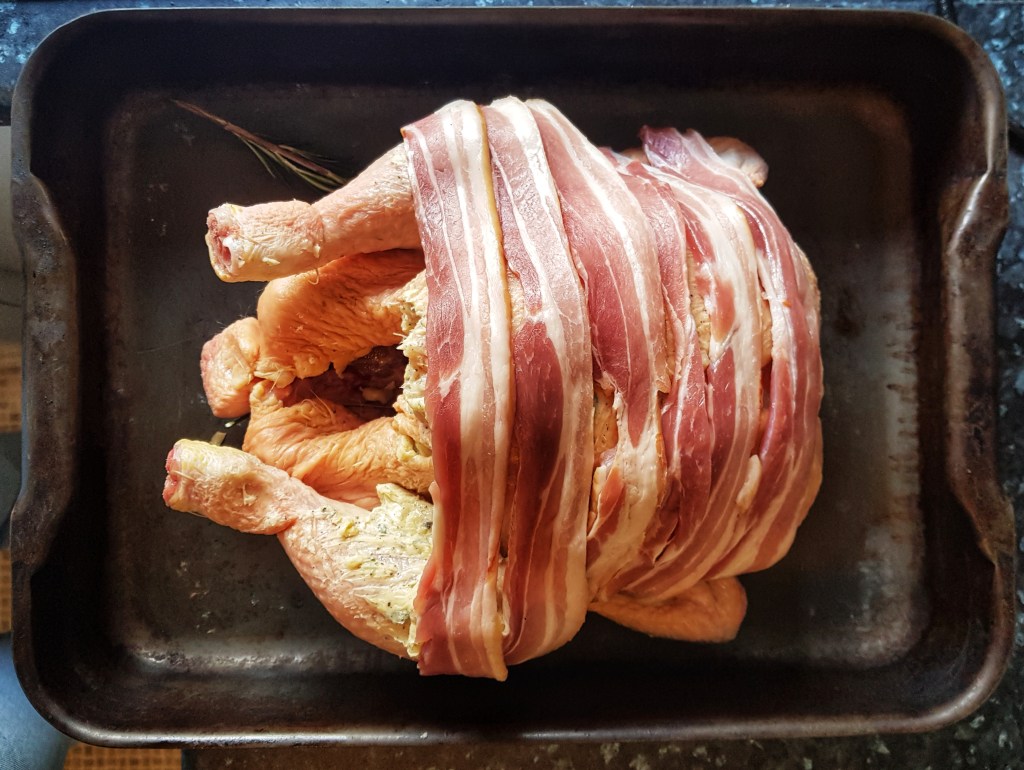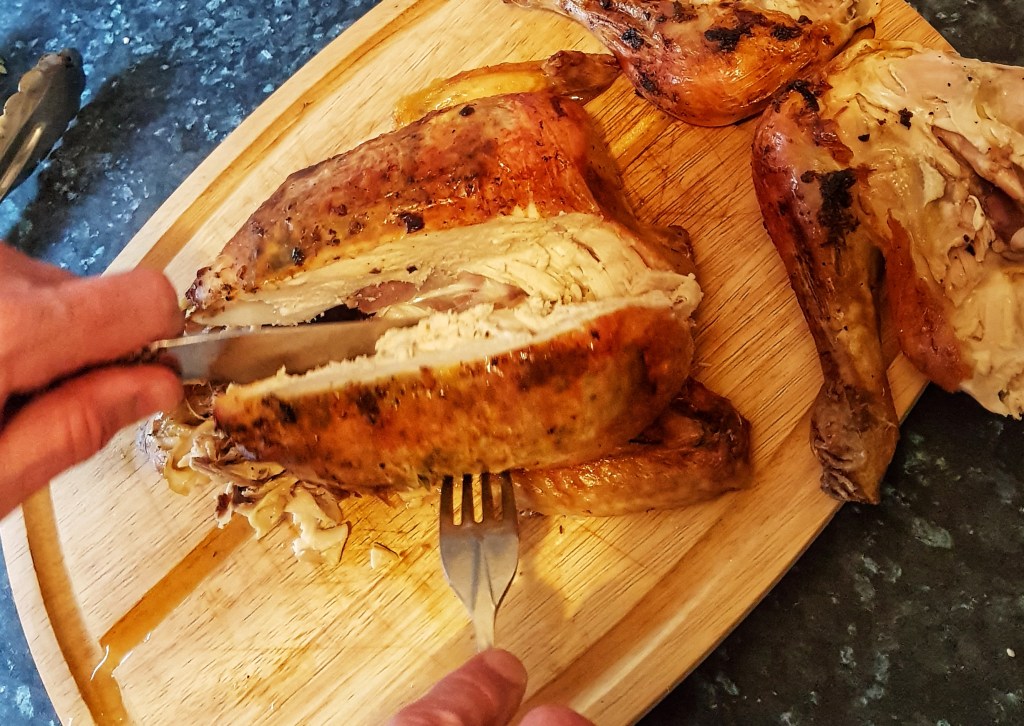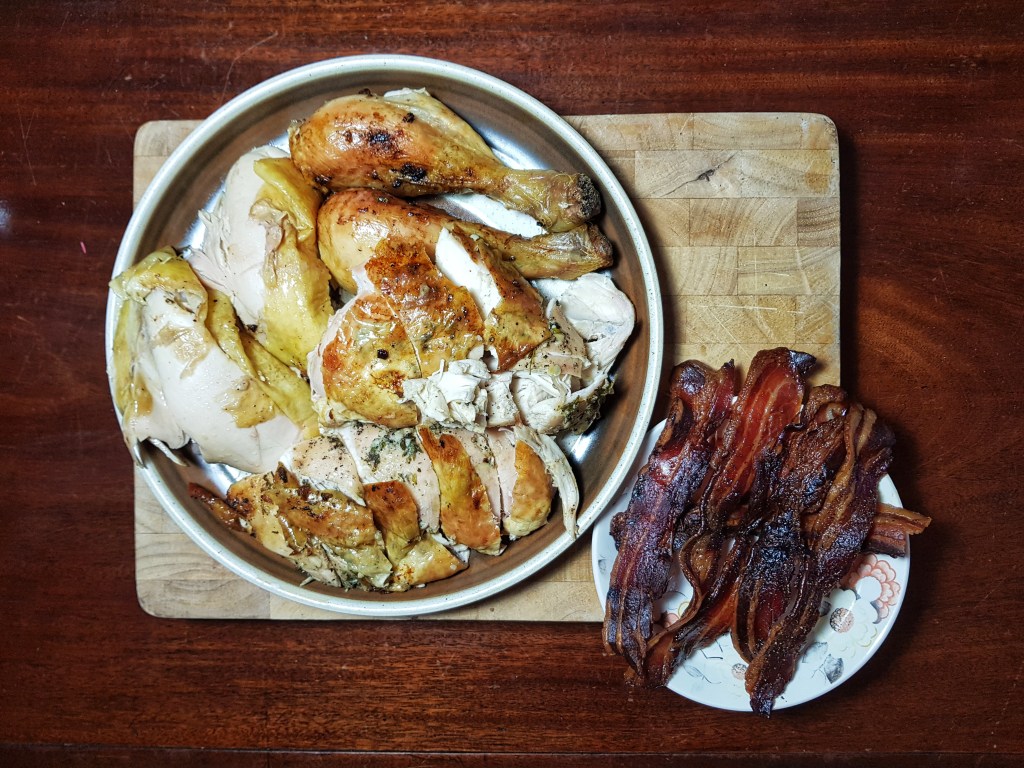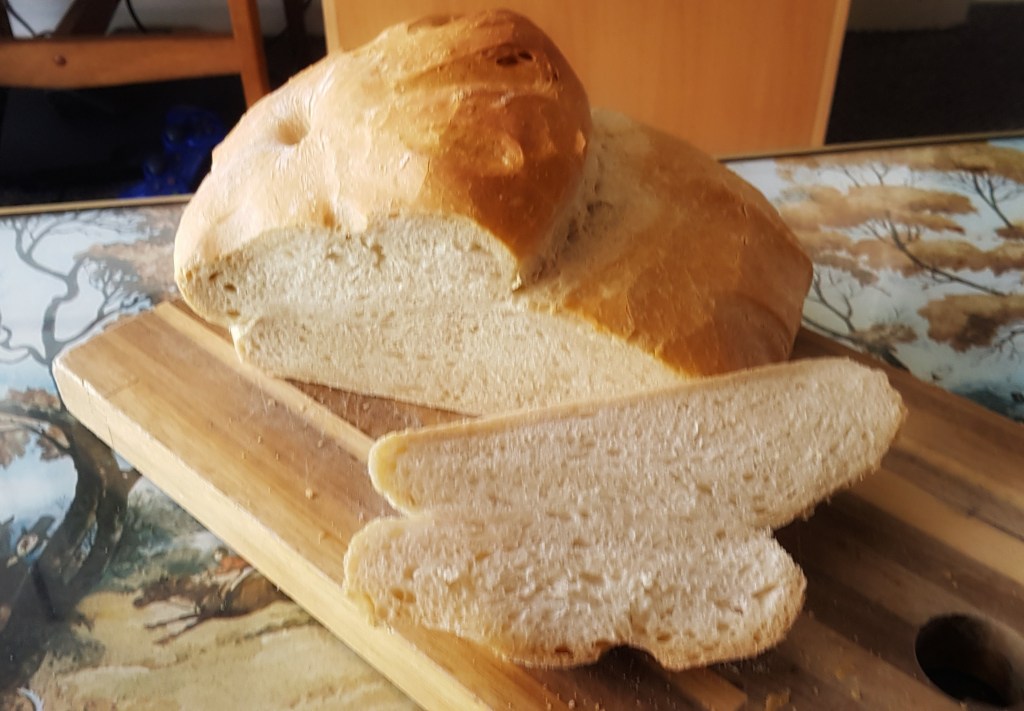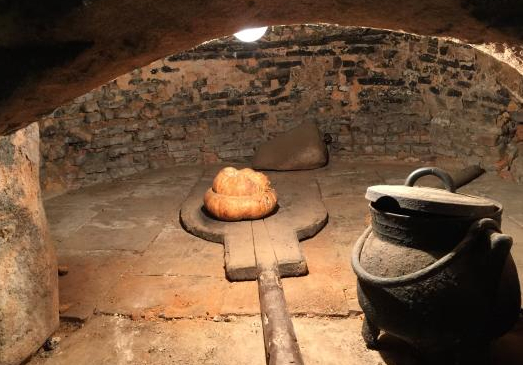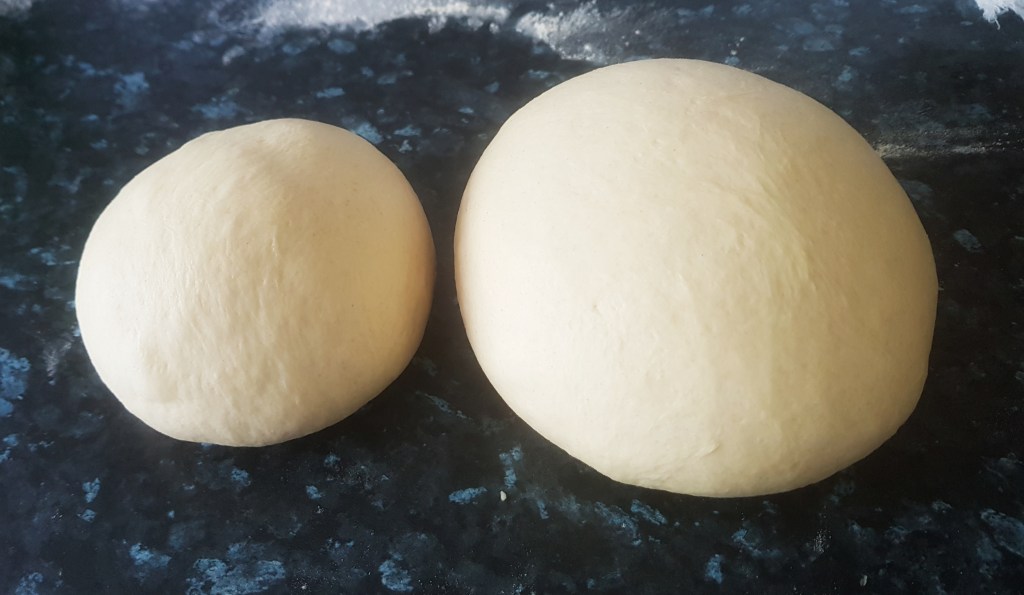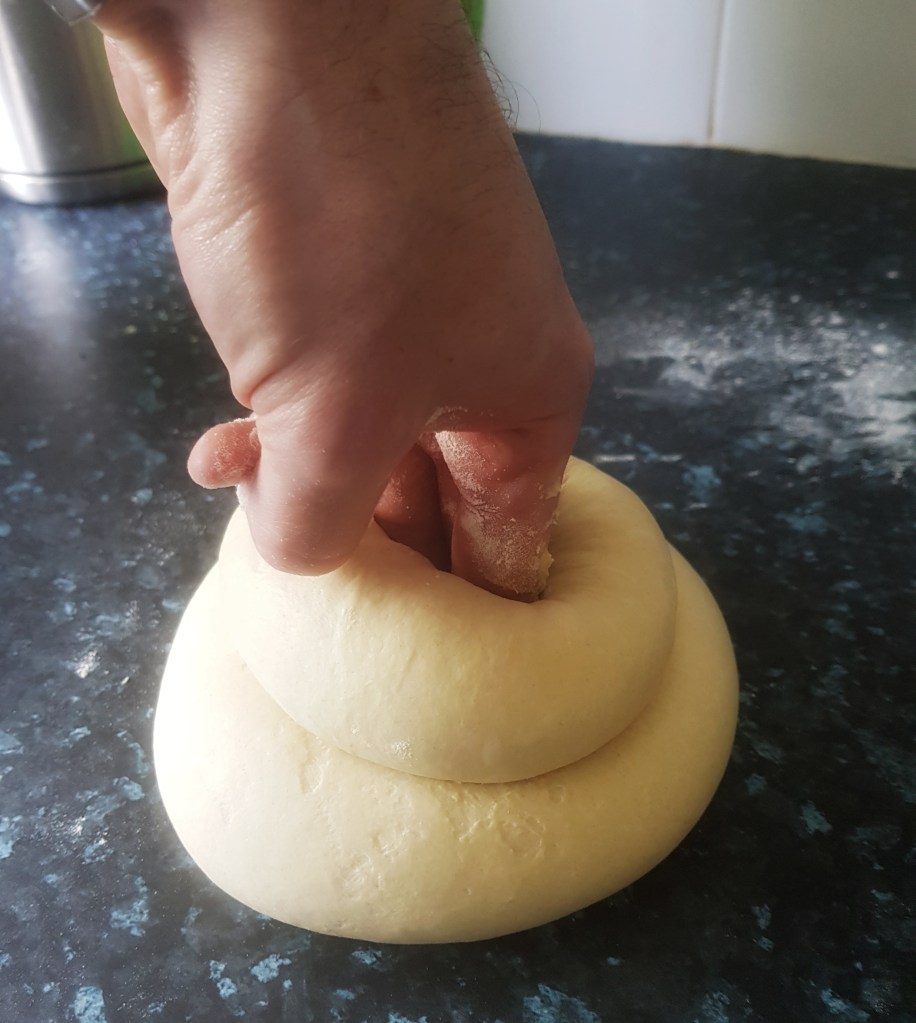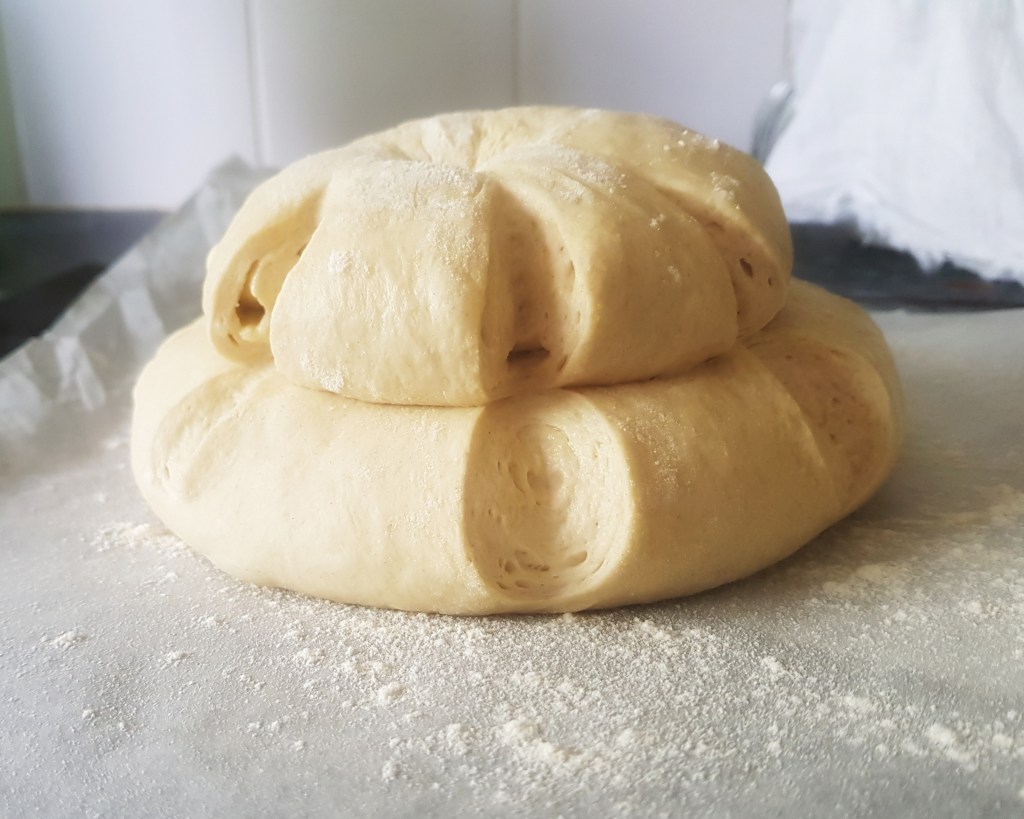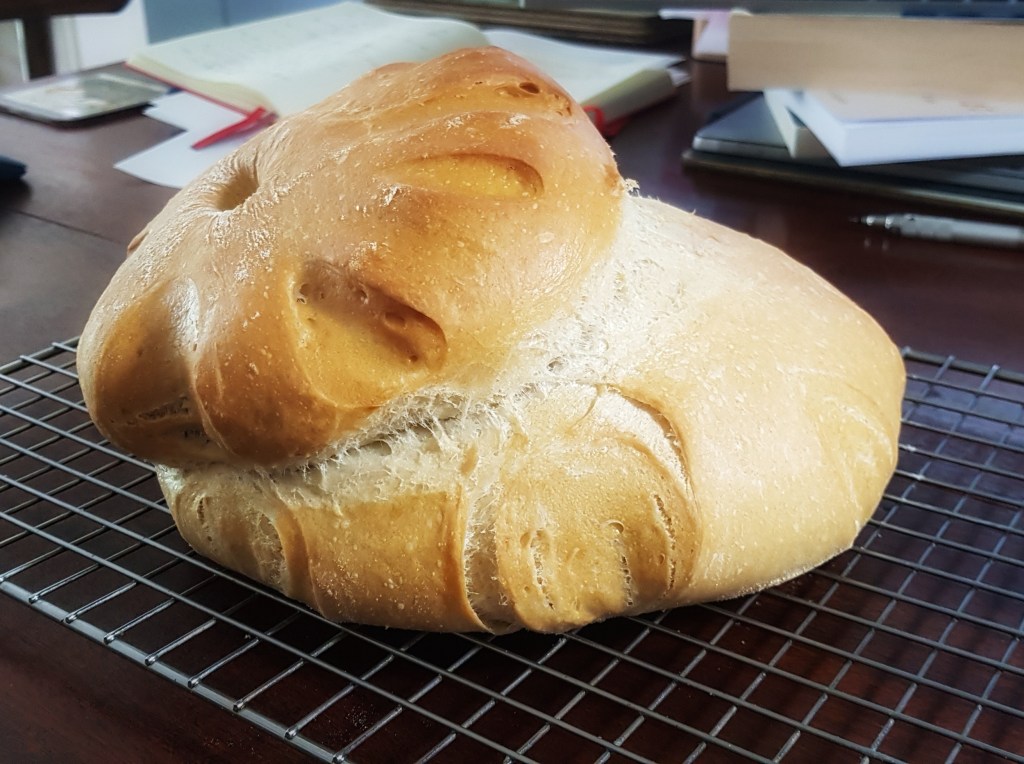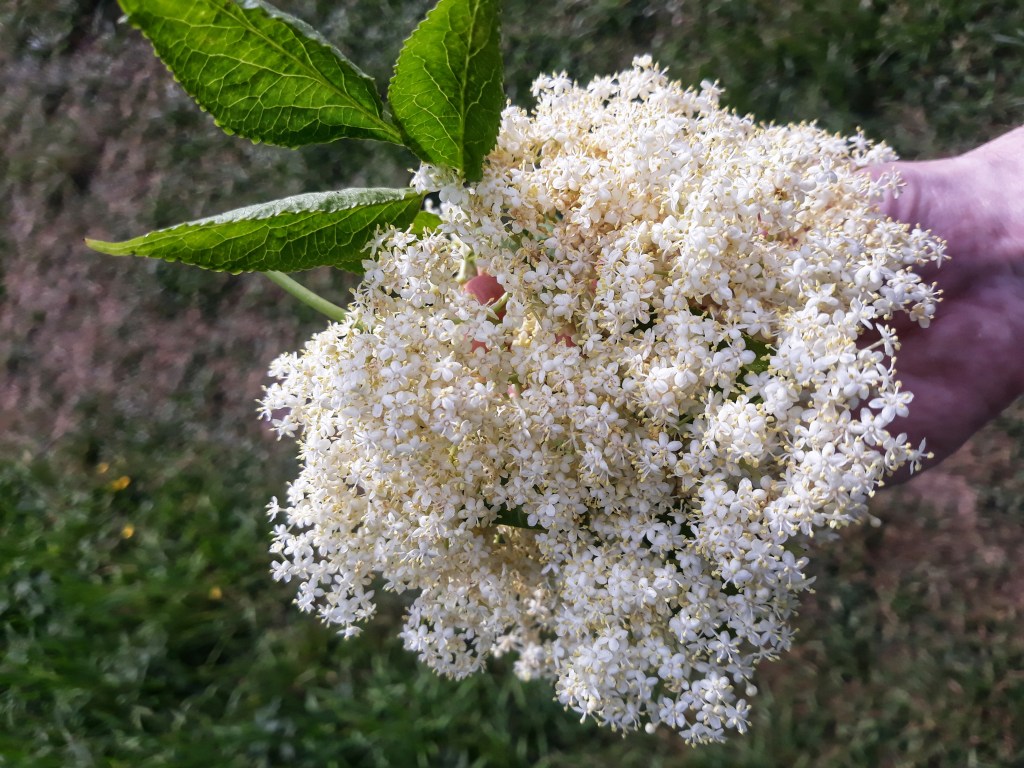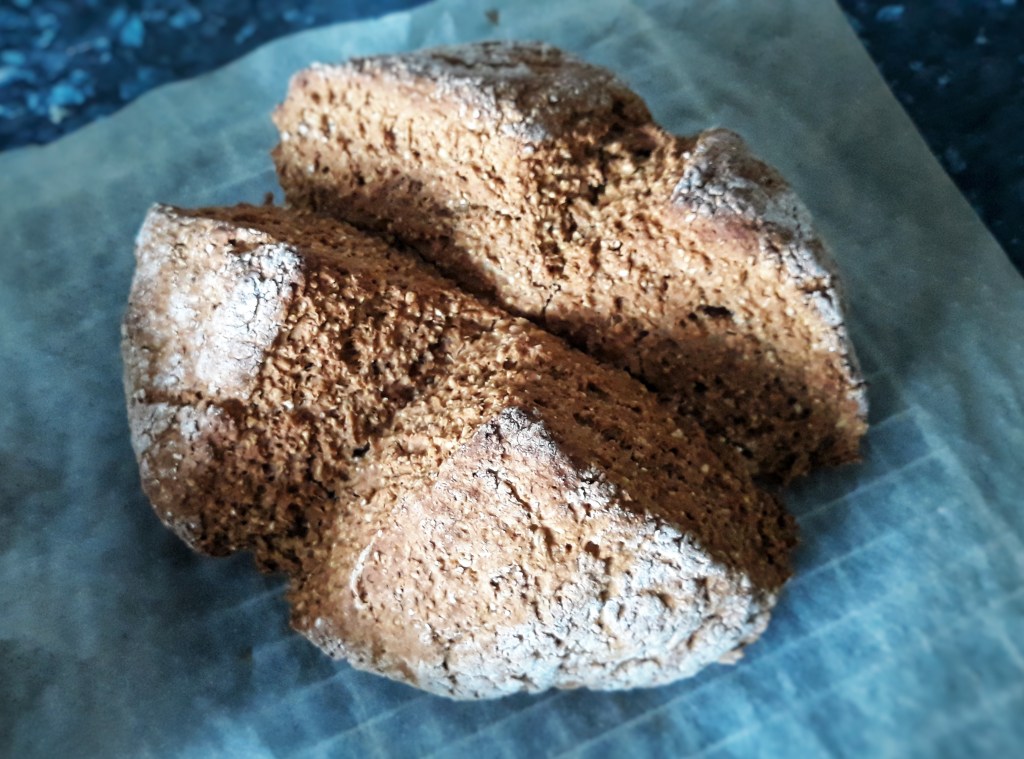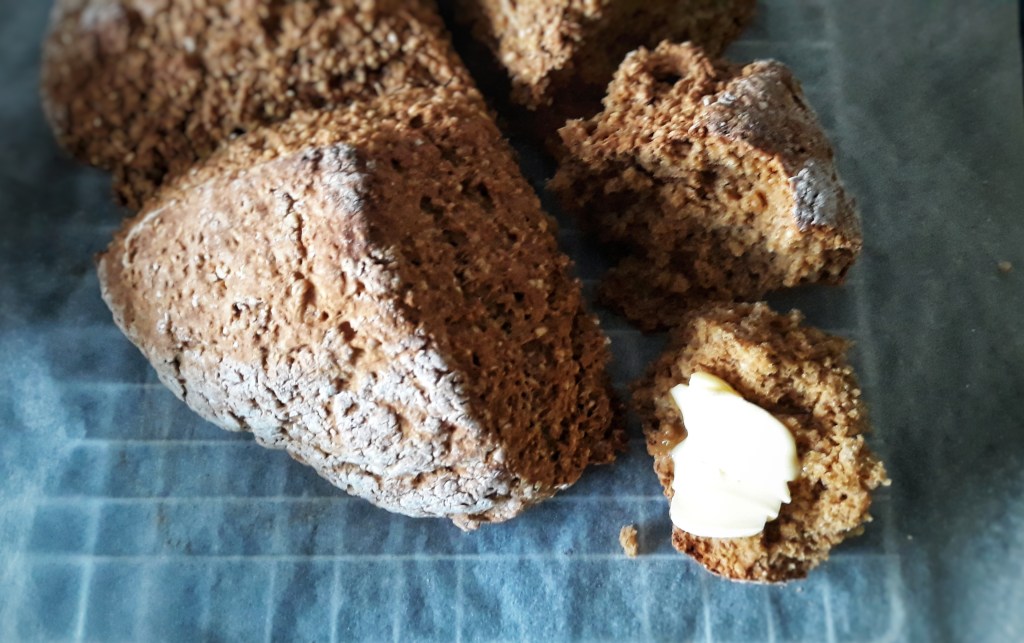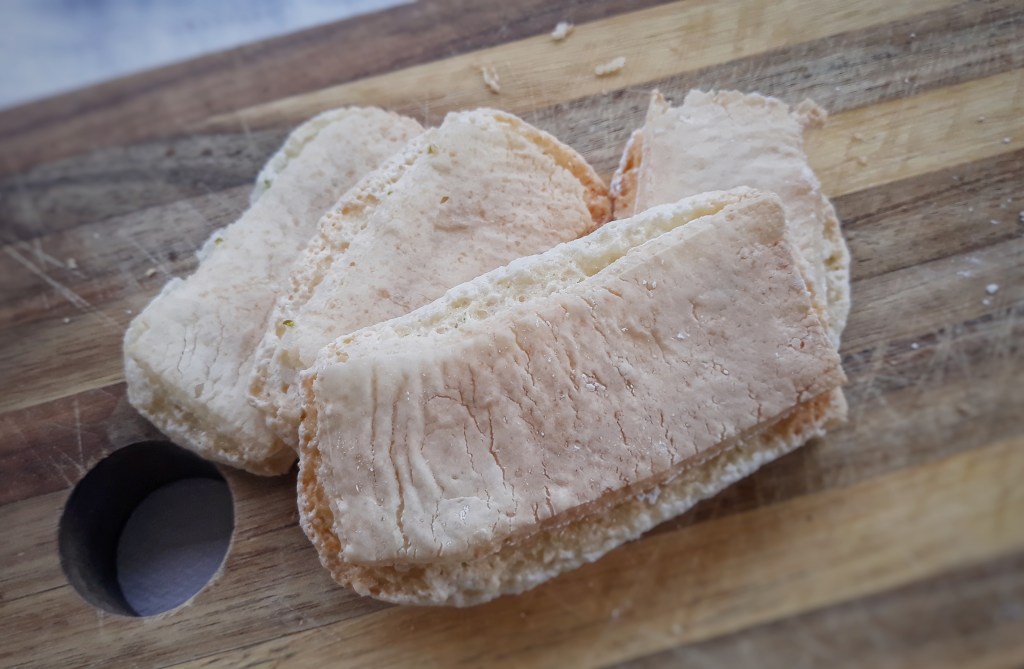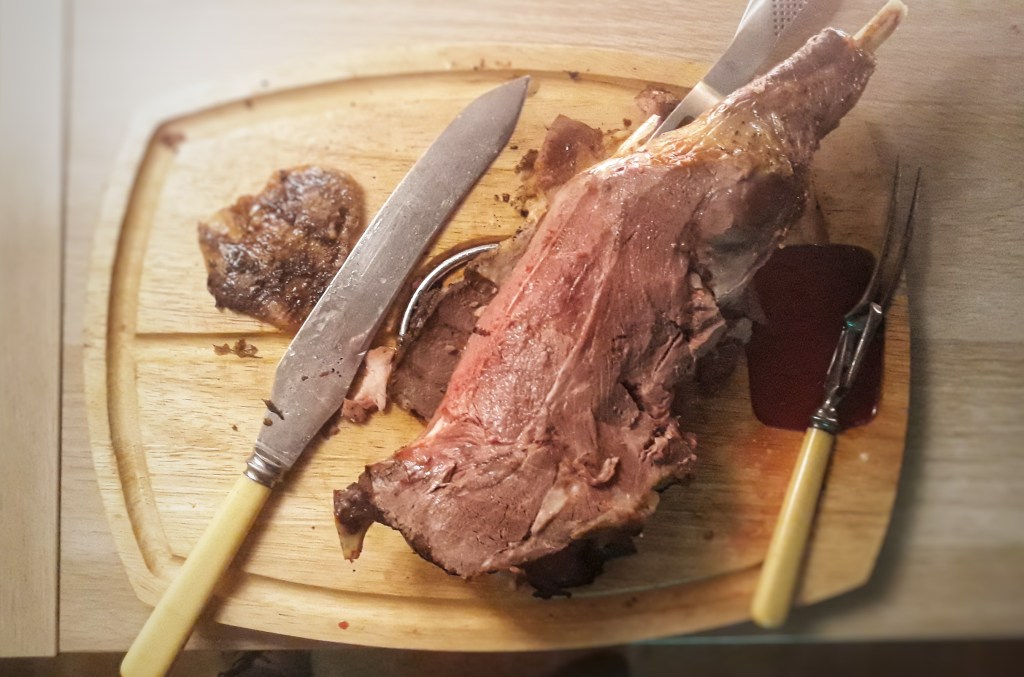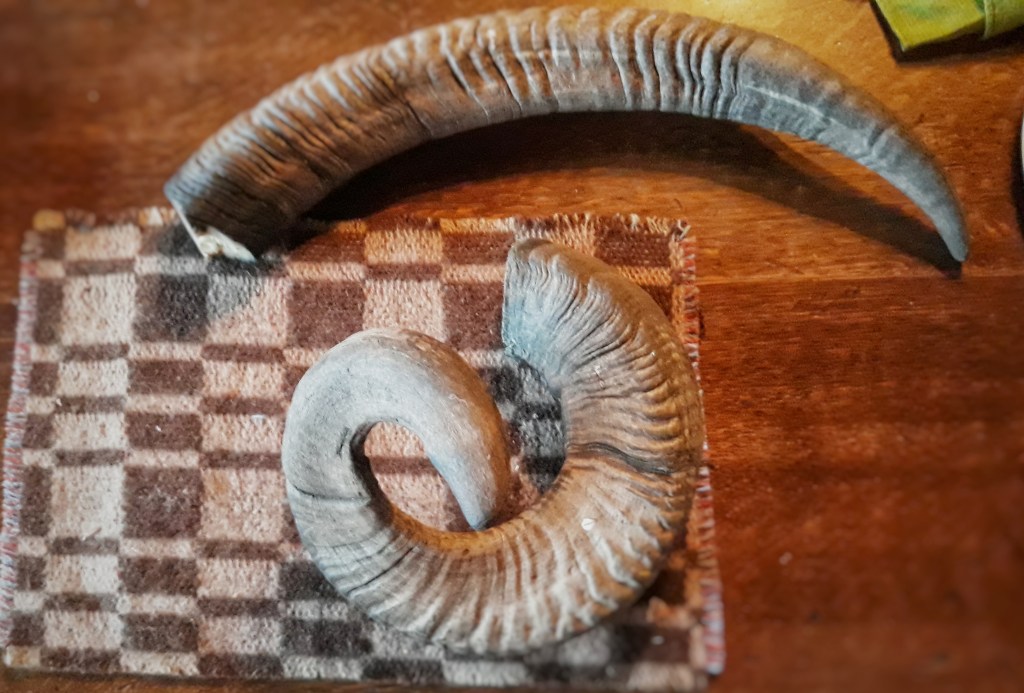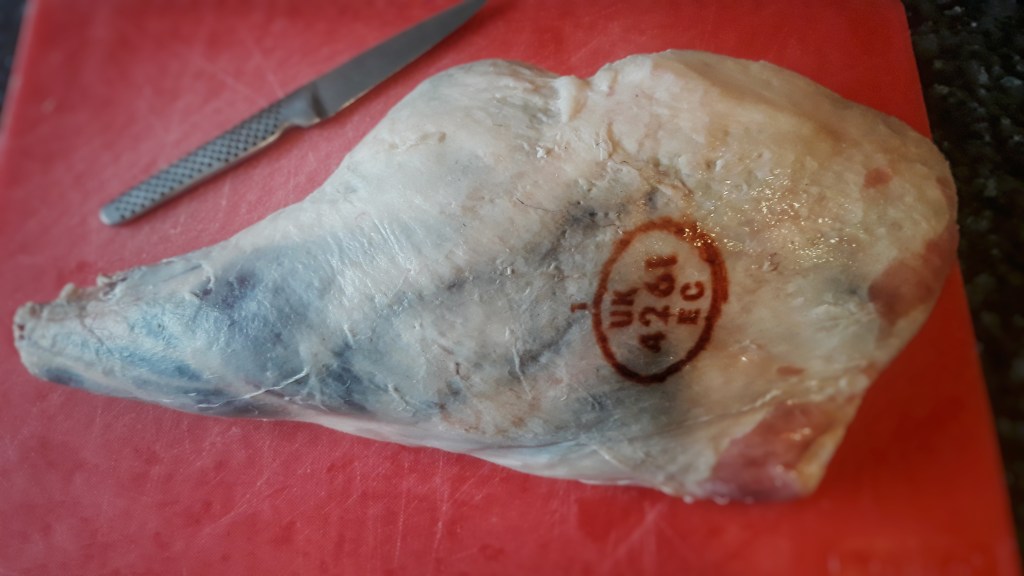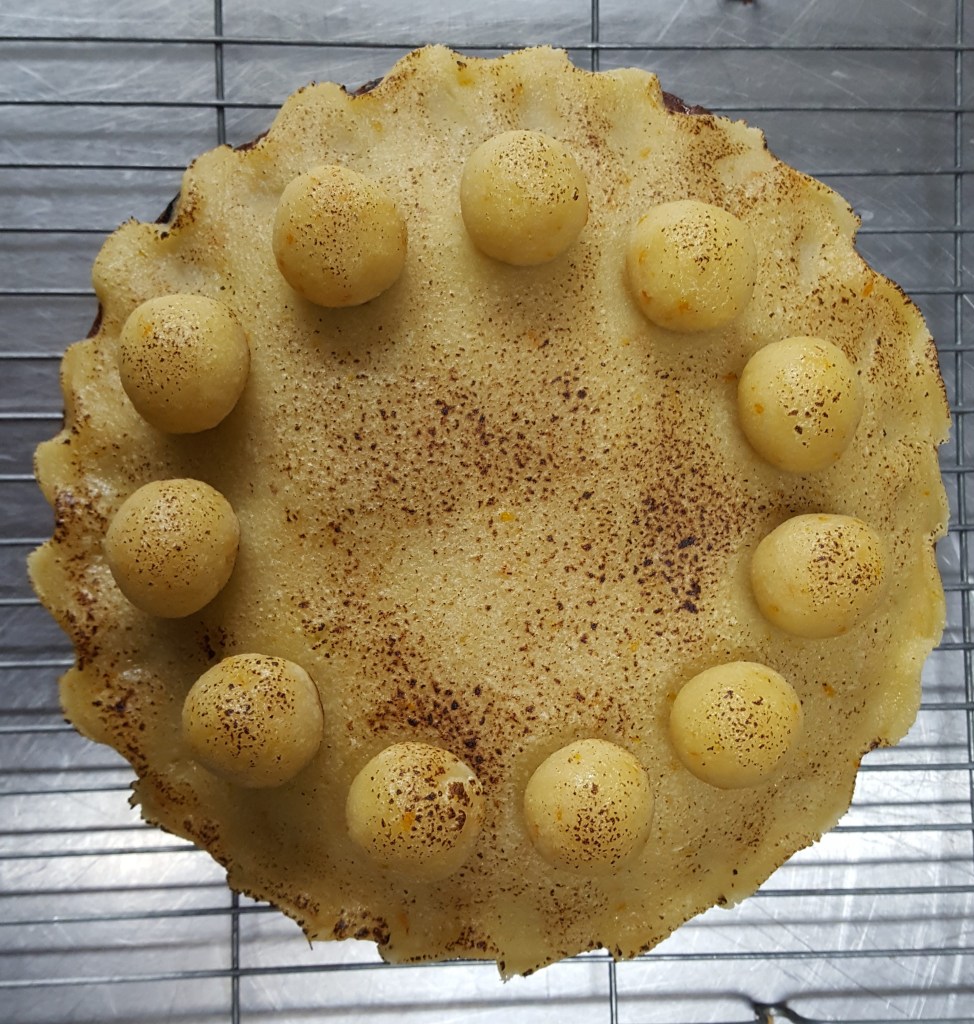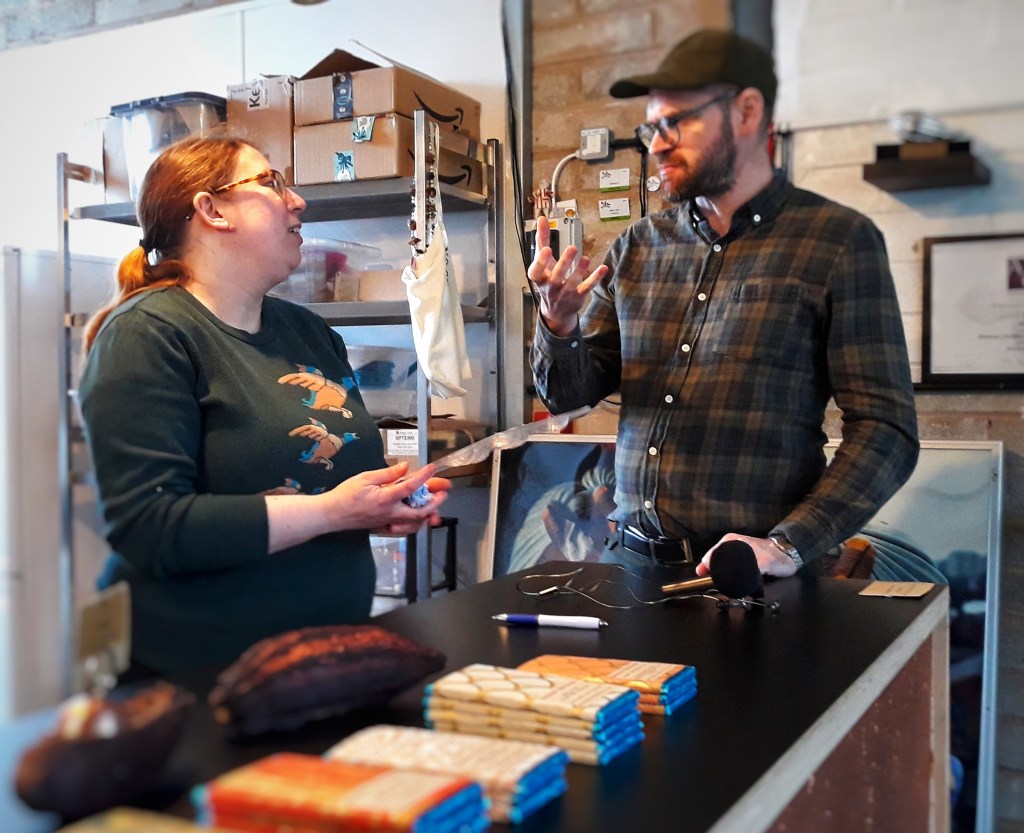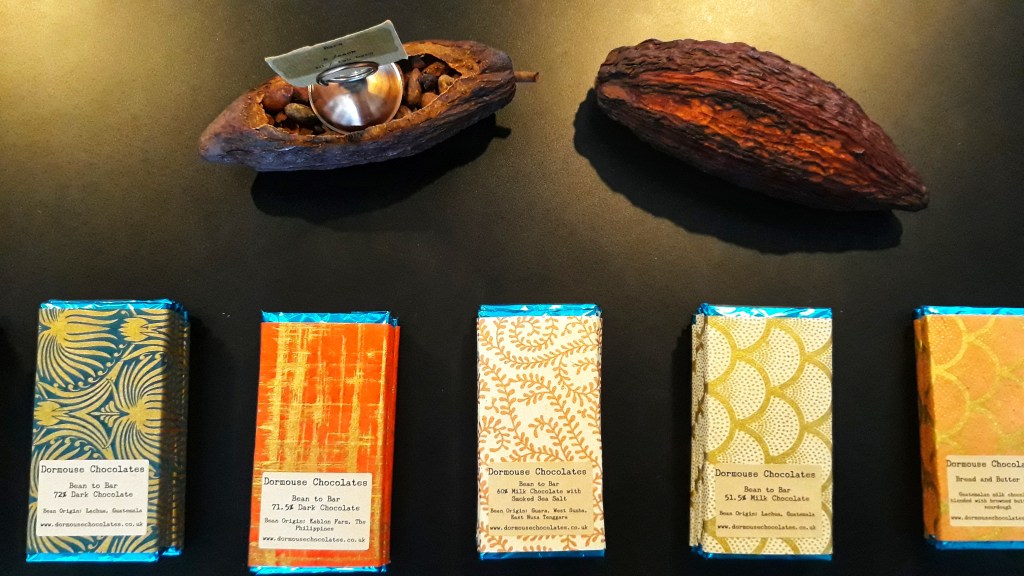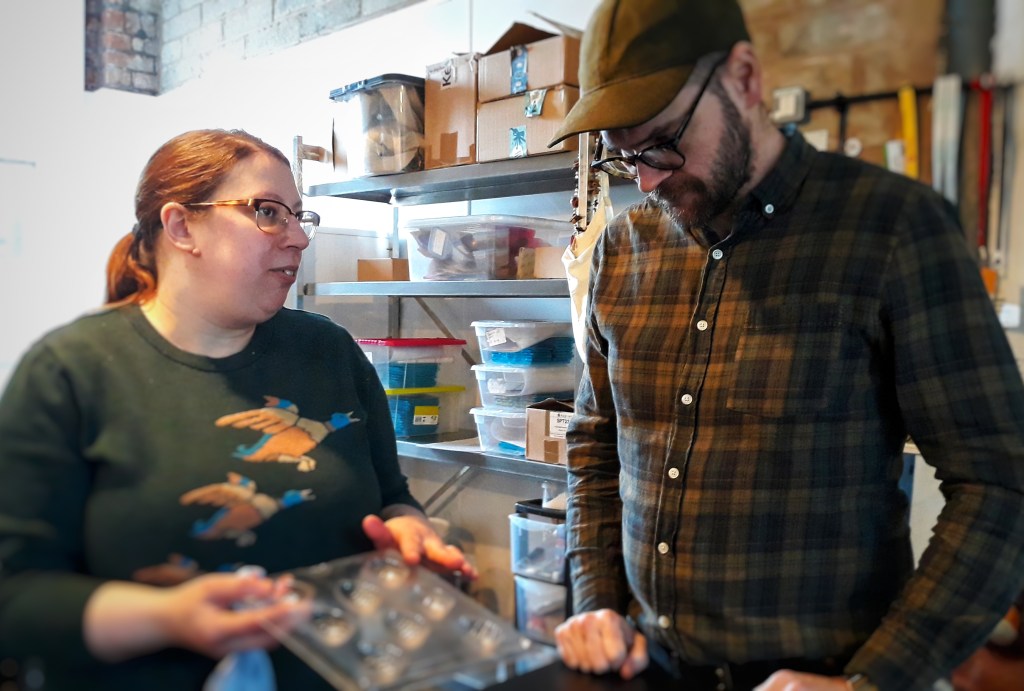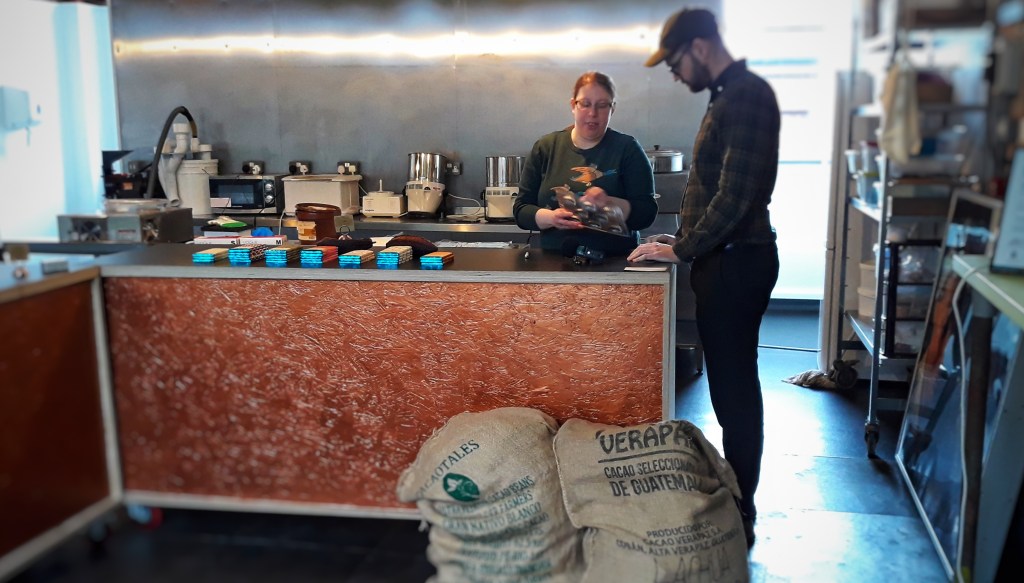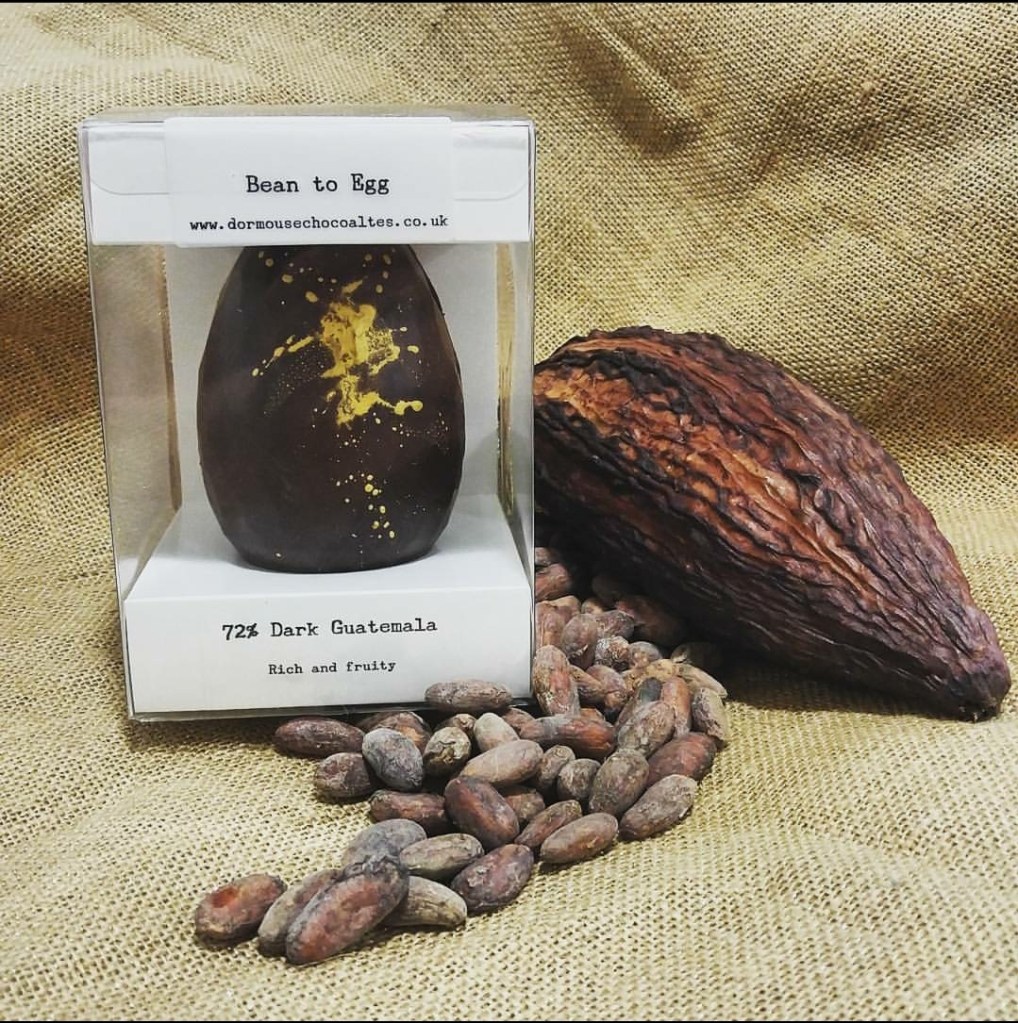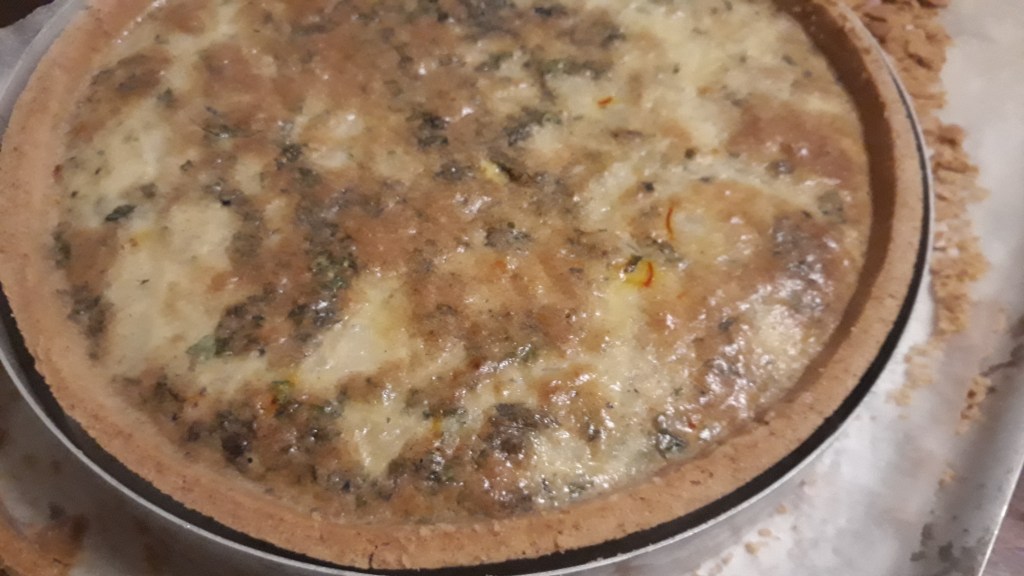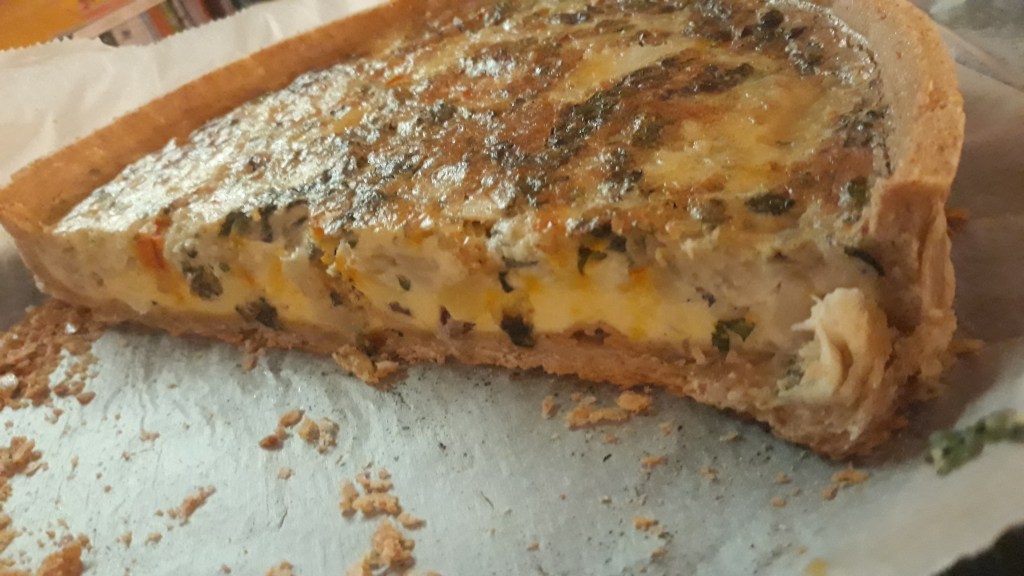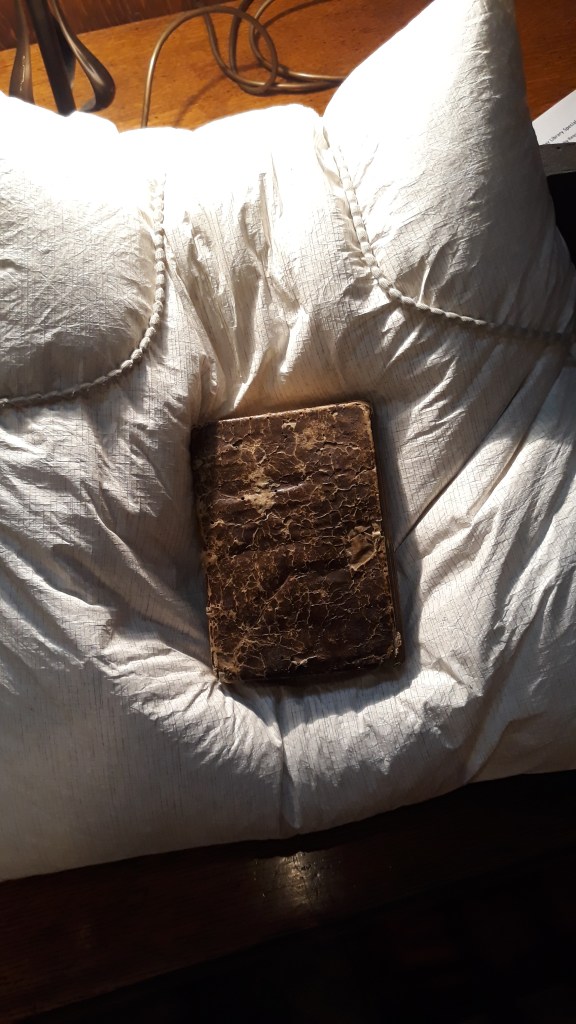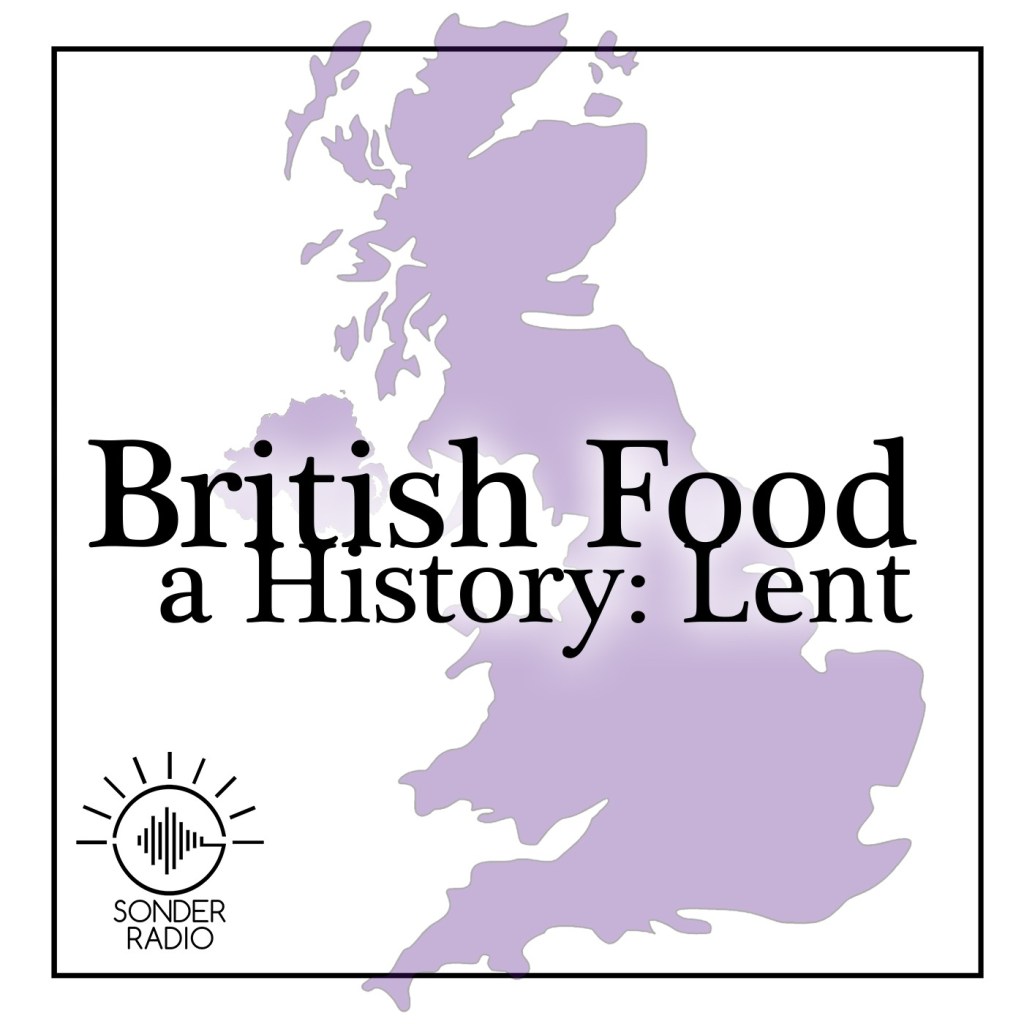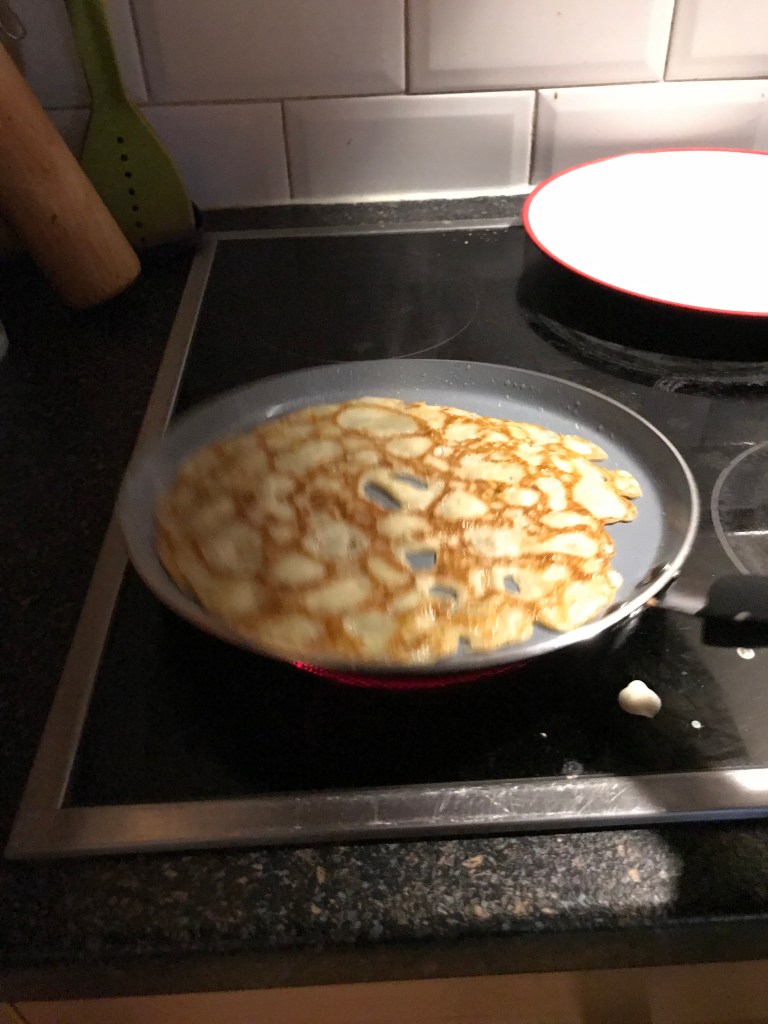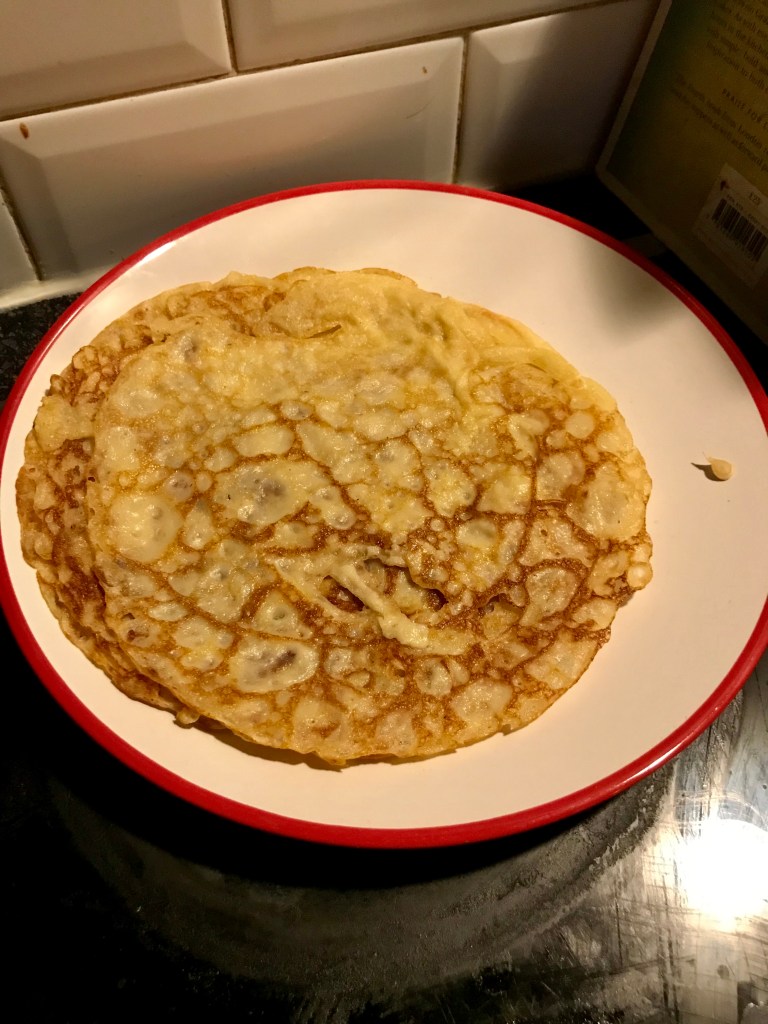If you like the blogs and podcast I produce, please consider treating me to a virtual coffee or pint, or even a £3 monthly subscription: follow this link for more information.
Last week I published a post all about how muffins and crumpets lie on a rather fluid continuum when you look at the from an historical perspective: names, methods and ingredients have all changed and been swapped which is very confusing for something that is rather straight forward today.
Last post I said that a crumpet today is:
- Made from a pourable batter like a thick pancake
- Slowly cooked on a bakestone
- Slightly rubbery in texture, especially prior to toasting
- Has characteristic bubble holes on one side
I’ve looked through many recipes and I have found that there are three things that do still vary: the liquid used is milk or water, or a mix – milk makes a soft crumpet and water makes a crisper one; plain or strong flour is used (or a mix) – the former makes a rubbery crumpet and latter makes one that’s a bit more pudding-like. The balance needs to be ‘just right’, but everybody’s Goldilocks zone is different, so feel free to alter the proportions in my recipe below, the resulting griddlecake will still be a crumpet so it comes down to personal taste. The third difference is to do with raising agents; should you add yeast alone or add some bicarbonate of soda too? Personally, I think the bicarb is a necessity because it gives you many pronounced bubbles – and therefore increased butter absorbency – which is what we have all come to expect from a modern-day crumpet.
Throughout the centuries crumpets seem to have been fairly constant: some ‘crumpets’ turn out to be pikelets from time to time, but if it’s called a crumpet you can be fairly sure it is a crumpet. This minor confusion is easy to bear but just you wait for the muffin post next week – they’re all over the shop!
Elizabeth David called supermarket crumpets a “travesty”, but I must confess to love them dearly; home-made ones are a very different beast, more golden in colour, and more crisp on the outside and softer on the inside. They do tend to become rather stodgy in the centre, which could be because of too high a ratio of milk-to-water and plain-to-strong flour, but in my experience it comes from overfilling the rings: a one centimetre depth is all you need. Another reason they might be stodgy is that you turn them over too quickly: crumpets are griddle cakes that cannot be rushed, they need a gentle bake on the griddle and to be turned at the right time. I used to turn them too soon, but then I received some good advice from Gary Rhodes in his classic book Great British Classics; he tells us they are ready to turn when “small holes appear and the top has started to dry.” Much more helpful than timings.
To make crumpets you need crumpet rings, but if you don’t have any you can use shallow mousse/chefs’ rings, and if there really is nothing at all suitable in your kitchen cupboards, you can go free-form and make pikelets.
How to eat a crumpet
Almost every writer seems to think that to experience crumpet perfection, one needs to eat them fresh off the griddle. I disagree and firmly believe they are best cooled on a rack, then stored in a tin or tub and toasted the next day. Each to their own, I suppose. They must be toasted until crisp on the outside yet soft on the inside which occurs very rapidly compared to supermarket ones, so watch out!
To butter a crumpet, take a knob of butter (salted, preferably) and paint the pitted surface all over with it. Home-made crumpets are always less holey than shop-bought and as a consequence the butter takes a little longer to absorb, so the best strategy is to butter the remaining crumpets – because no one ever has just one – and then return to the first for a second dousing.
The best topping for a crumpet is butter and just the tiniest trickle of honey.
Makes 18-20 crumpets
250 g plain flour
250 g strong white bread flour
2 tsp instant yeast
1 ½ tsp salt
250 ml milk
500 ml warm water
½ tsp bicarbonate of soda
A little butter
A little sunflower oil or lard
Mix the flours, yeast and salt in a bowl and make a large well in the centre of the flour. Mix the milk and water, reserving around 50 ml. Whisk the mixture well and when smooth, cover with a damp tea towel or some cling film and leave for around 90 minutes until very bubbly.
Dissolve the bicarbonate in the reserved water and whisk into the batter. Cover again and allow to bubble for another 30 minutes.
Place a thick based griddle or pan over a medium-low heat.
Grease your rings well with butter (or lard) then use just a tiny amount of lard or oil to lightly grease the griddle. Place the rings on the griddle and pour a small ladleful of batter in each ring: just a centimetre’s depth as they rise in the rings. After a while, large bubbles will appear on the top and as they pop, you will see the batter magically transformed into crumpet. Very satisfying.
Allow to gently cook for around 20 minutes or until the tops have dried out, then remove from the rings (use a palette knife to help), turn over and cook on the other side for a further 5 minutes.
Remove and cool on a rack, regrease the rings and continue in this way until all of the batter is used up.
If you don’t have rings, you can instead make pikelets, which take half the time to cook due to their thinness.
References
English Bread and Yeast Cookery (1977) by Elizabeth David
Great British Classics (2001) by Gary Rhodes
‘How to cook the perfect…crumpets’ (2013) by Felicity Cloake, The Guardian, https://www.theguardian.com/lifeandstyle/wordofmouth/2013/mar/21/how-to-cook-perfect-crumpets



